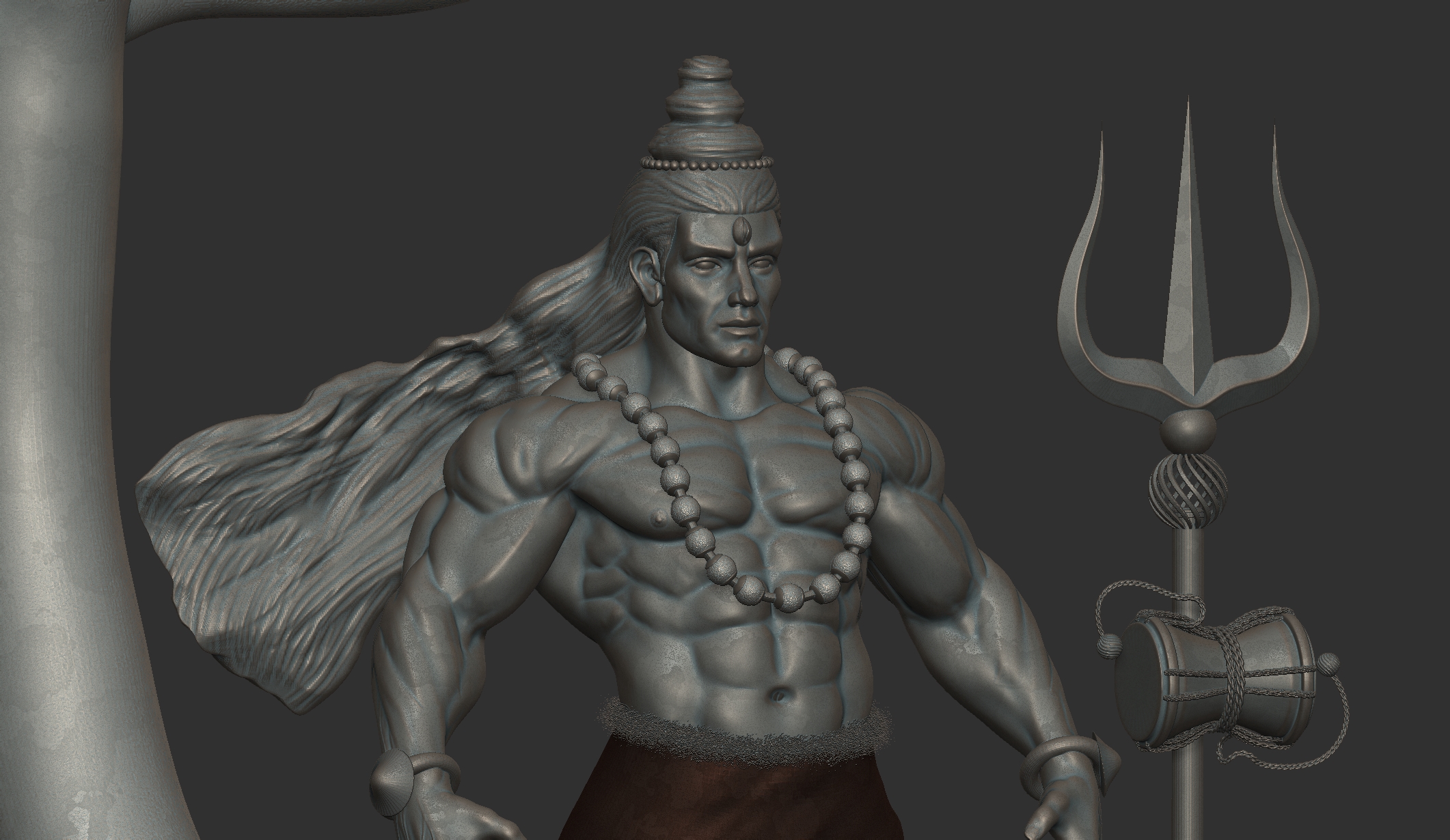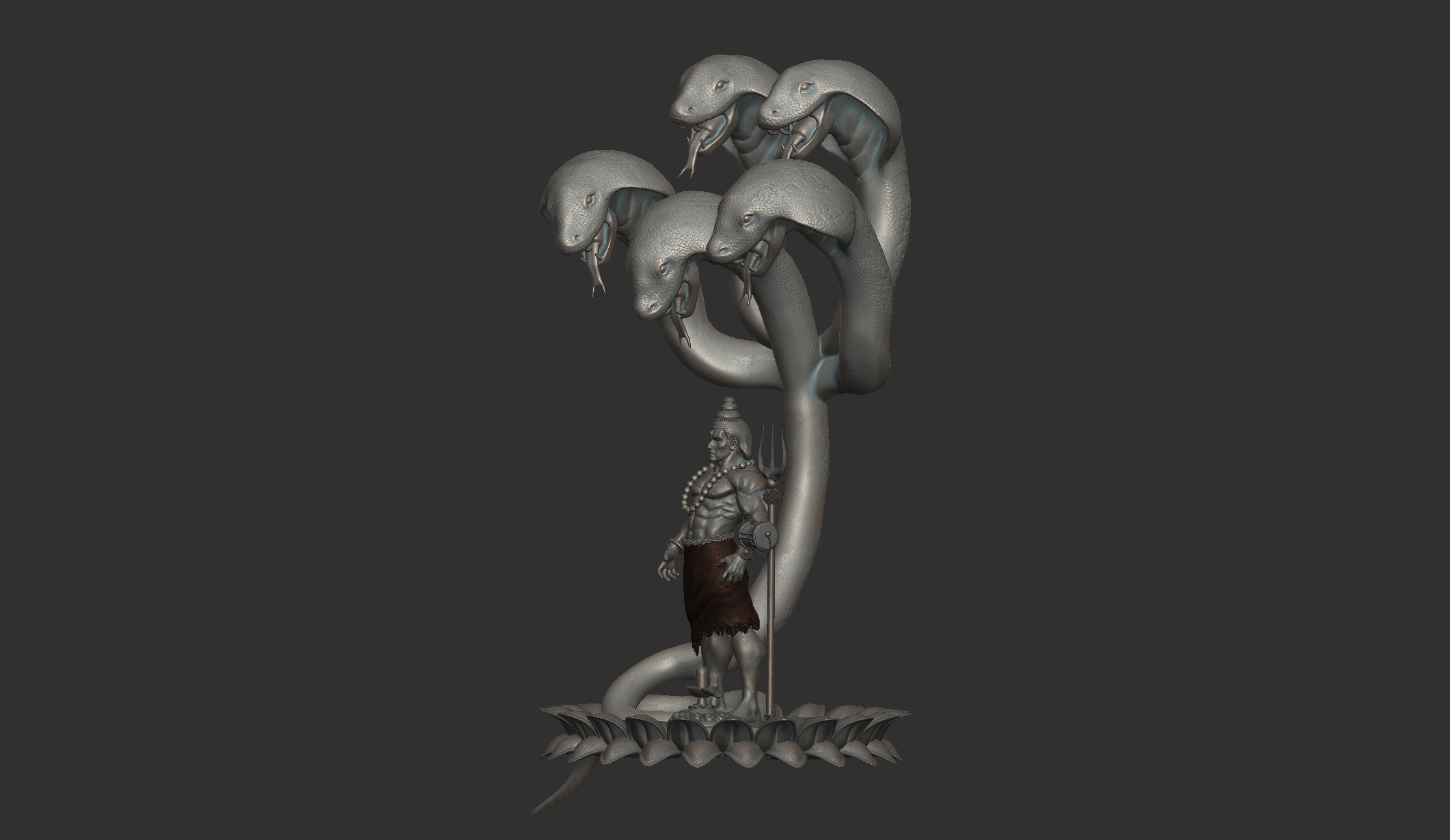Shiva the destroyer
Shiva, also known as Mahadeva, is indeed one of the principal deities in Hinduism. Let’s delve into the fascinating aspects of Shiva:
Role and Attributes:
The Destroyer: Within the Trimurti, which comprises Brahma (the creator), Vishnu (the preserver), and Shiva, Shiva plays the role of The Destroyer.
Cosmic Dancer: Shiva is often depicted as Nataraja, the cosmic dancer who performs the Tandava, symbolizing creation, preservation, and destruction.
Yogi and Ascetic: He is an omniscient Yogi, residing on Mount Kailash, and embodies asceticism and meditation.
Iconography: Shiva is portrayed with four heads, each representing a Veda, and his third eye signifies inner vision and wisdom.
His weapon is the trishula (trident), and he carries a damaru (drum).
Shaivism:
Shaivism is a major tradition within Hinduism devoted primarily to the worship of Shiva.
It encompasses various sub-traditions, regional variations, and philosophical schools.
Shaivism recognizes Shiva as The Supreme Lord, who creates, protects, and transforms the universe.
Shakti and Shiva:
In the Shakti-oriented tradition, Devi (the Supreme Goddess) is regarded as the energy (Shakti) and creative power, equal to Shiva.
Together, they form the divine couple, representing the union of male and female energies.
Worship and Avatars:
Shiva has benevolent and fearsome aspects.
He descends to Earth in various avatars (incarnations) to restore cosmic order and protect dharma.
The Dashavatara includes avatars like Rama and Krishna.
Reverence and Temples:
While Shiva is revered in ancient texts, he is rarely worshipped as a primary deity in contemporary India.
Notable temples include the Brahma Temple in Pushkar, Rajasthan, and the Erawan Shrine in Bangkok.
Remember that Shiva’s symbolism extends beyond destruction; it encompasses transformation, renewal, and the eternal cycle of existence.











Comments
Post a Comment